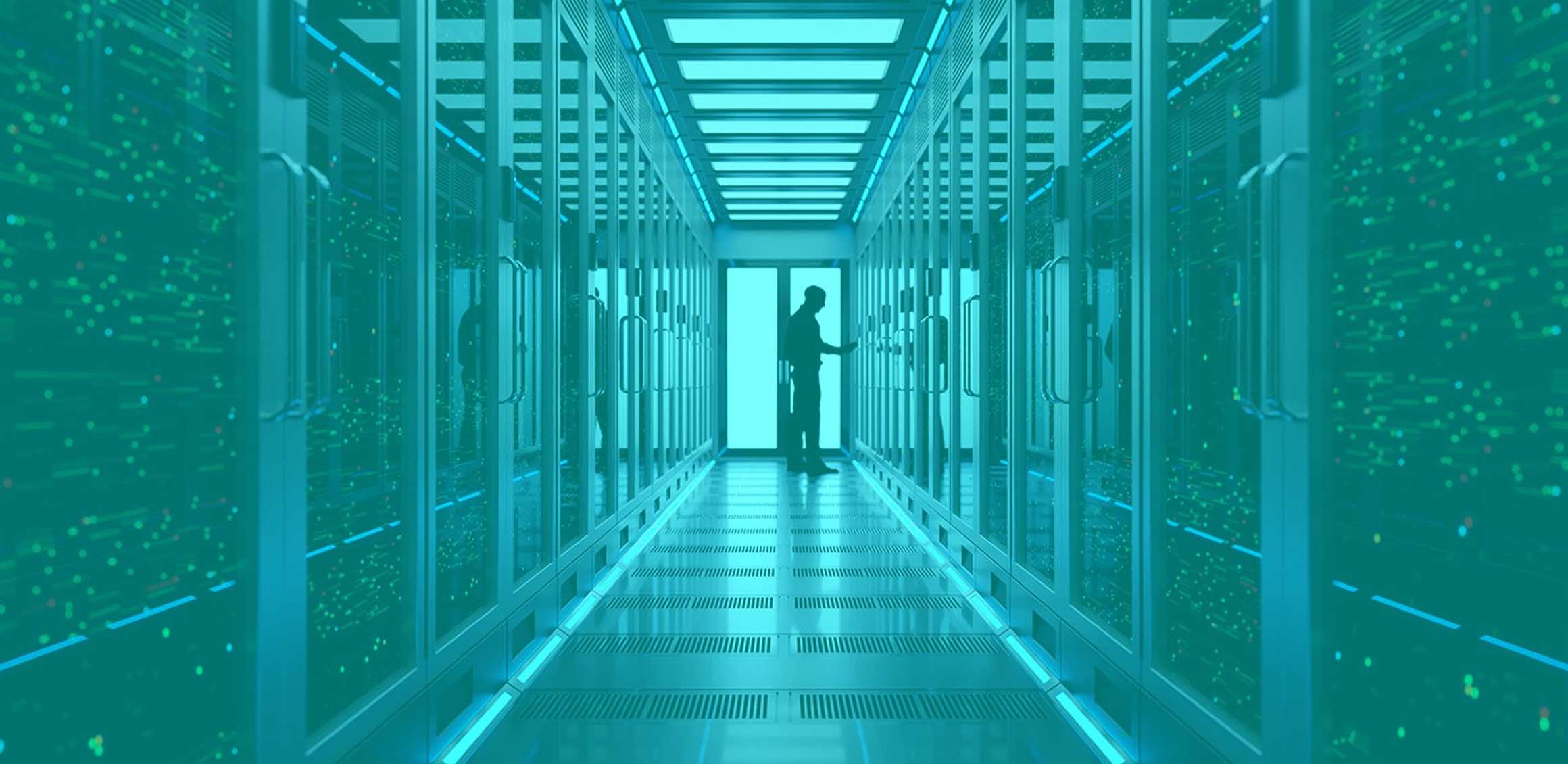Overview
A Data Center Infrastructure Management (DCIM) solution is a software and hardware platform designed to provide a comprehensive overview and management of all aspects of a data center's physical infrastructure. DCIM solutions are critical for optimizing data center operations, improving efficiency, and ensuring the availability of critical IT services. Here is an overview of a typical DCIM solution:
1. Asset Management:
Hardware Inventory: DCIM systems provide a detailed inventory of all data center assets, including servers, networking equipment, storage devices, and power distribution units (PDUs).
Asset Tracking: They track the location, status, and configuration changes of assets throughout their lifecycle.
2. Real-Time Monitoring:
Environmental Monitoring: DCIM solutions continuously monitor environmental factors like temperature, humidity, airflow, and water leaks to ensure optimal conditions for IT equipment.
Power Monitoring: They provide real-time power consumption data, including voltage, current, and power factor, to optimize energy usage and prevent overloads.
3. Capacity Planning:
Space Management: DCIM solutions help plan and optimize the physical layout of the data center, including rack and cabinet placement.
Power and Cooling Capacity Planning: They assist in forecasting power and cooling needs, preventing hotspots, and optimizing resource allocation.
Asset Lifecycle Planning: DCIM systems aid in planning equipment refresh cycles and decommissioning old assets.
4. Energy Efficiency:
Power Usage Effectiveness (PUE) Monitoring: DCIM solutions calculate and track PUE to measure and improve energy efficiency.
Cooling Optimization: They analyze airflow and cooling patterns to reduce energy consumption and optimize cooling systems.
5. Visualization and Reporting:
Floor Plans and Rack Diagrams: DCIM solutions provide visual representations of the data center layout, making it easier to manage and plan.
Custom Reports: Users can generate custom reports and dashboards to monitor and analyze data center performance, resource utilization, and compliance.
Benefits
Implementing a Data Center Infrastructure Management (DCIM) system offers numerous benefits for organizations that rely on data centers to support their IT operations. Here are some key advantages of using DCIM:
Improved Operational Efficiency: DCIM provides real-time visibility into data center operations, enabling administrators to optimize resource usage, reduce energy consumption, and streamline processes. This leads to more efficient data center operations and cost savings.
Reduced Downtime: DCIM systems monitor the health and status of critical infrastructure components, such as power, cooling, and networking equipment. They provide alerts for potential issues, allowing organizations to proactively address problems before they lead to downtime.
Enhanced Capacity Planning: DCIM solutions help data center managers plan for future growth by providing insights into available space, power, and cooling capacity. This prevents overloading and helps organizations scale their data center infrastructure effectively.
Energy Efficiency: DCIM systems help organizations monitor and manage energy consumption in the data center. By identifying inefficiencies and optimizing cooling and power distribution, organizations can reduce energy costs and lower their carbon footprint.


